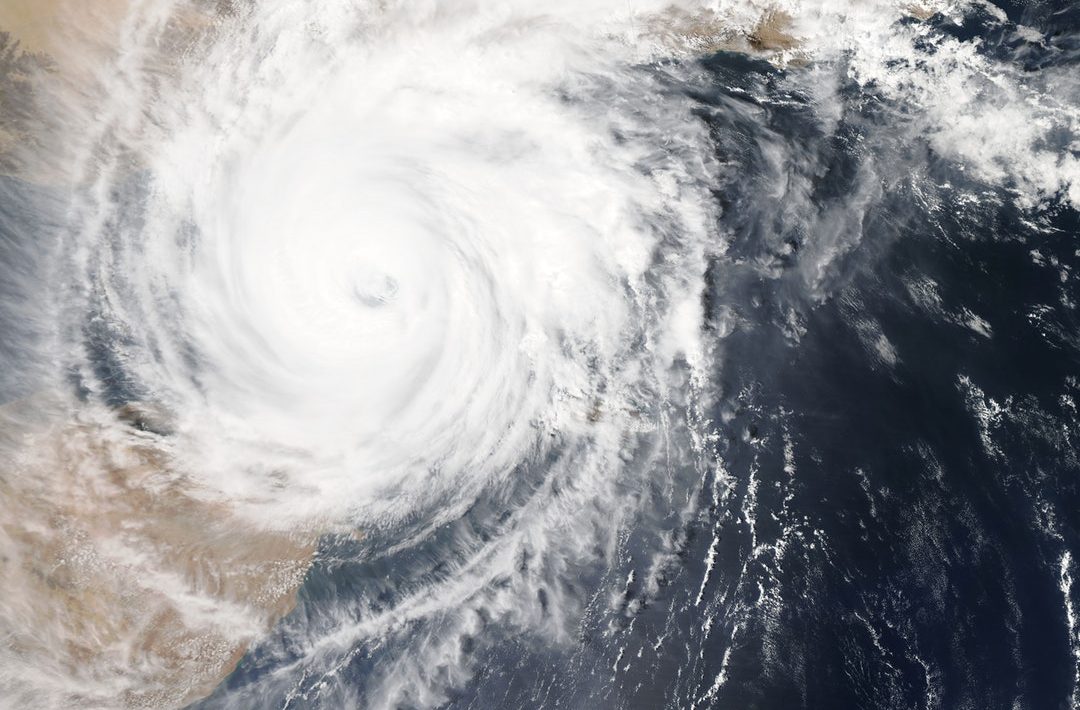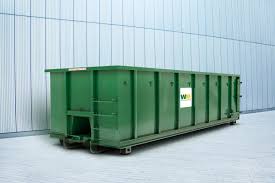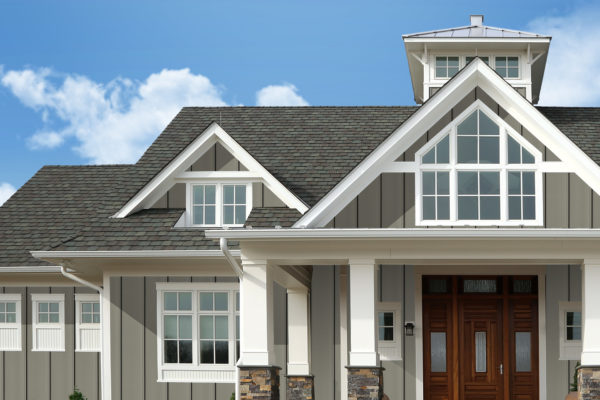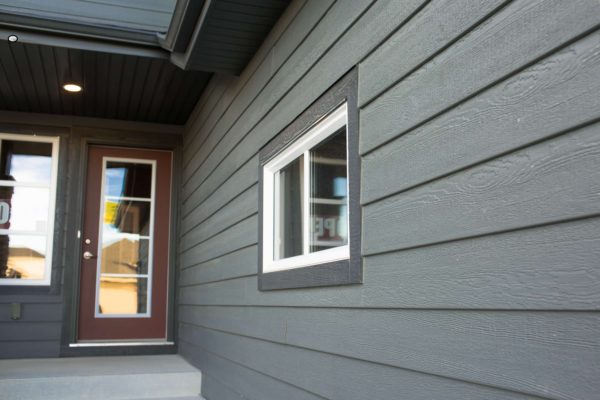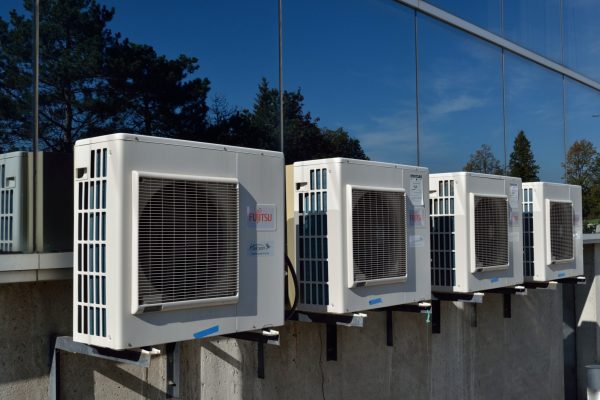Every year, natural disasters throughout the world (hurricanes, tornados, tsunamis, etc.) result in hundreds of billions of dollars in property damage and other losses.
Natural disasters cannot be prevented, but there are steps you can take to prepare properly for them.
The more you do to prepare for these disasters, the better off you’ll be should they ever strike.
Read on to learn more tips on preparation for natural disasters.
Create a Plan with Your Family
One of the first things you need to do when you start thinking about emergency preparedness is to put together an emergency plan.
Get your whole family involved and think carefully about how you’ll handle different types of disasters. Be sure to think about different scenarios (cell phones aren’t working, someone is away from the house, etc.) and how you’ll address them.
Practice, Practice, Practice
Once you and your family put together an emergency preparedness plan, it’s important to practice it on a regular basis.
Conduct drills a few times per year to make sure everyone knows what to do if a disaster strikes.
Keep Used Helmets Handy
Helmets aren’t just for keeping you safe when you ride your bike in the summer.
If you live in a place where earthquakes or tornados happen often, a helmet can be a helpful tool.
A helmet can keep you safe in the event that something falls or gets blown in your direction before you can duck.
Stock up on used bike helmets from yard sales or thrift stores and keep them all in an easy-to-access location.
Invest in First Aid Classes
Injuries are common during natural disasters, and many of them can be treated with basic first aid techniques.
Consider having everyone in your family take a first aid class at a local fire station or rec center.
You might also want to pick up some books that explain how to perform simple first aid like bandaging wounds.
It’s a good idea to learn CPR, too. No one ever wants to have to use these kinds of skills. Sometimes, though, they’re necessary and can help to save someone’s life.
Stock Up on Emergency Food
You ought to have plenty of emergency food stashed away to prepare for emergencies.
You should at least have enough food on hand to feed yourself and your family for three days. The more food you have at the ready, though, the better.
Stock up on food that has a long shelf life. This includes dehydrated food, trail mix, nuts, protein bars, and peanut butter.
It’s good to have some canned goods like tuna, salmon, and sardines on hand, too.
Make Sure You Have Plenty of Water
Make sure you also have enough water on hand to keep yourself and your family hydrated. At the bare minimum, collect enough water for three days.
You may also want to invest in a water purification system. Be sure to identify the nearest fresh water supply as well. That way, if your water runs out, you’ll be able to collect more and purify it at home.
Purchase Some Portable Chargers
If a natural disaster strikes, there’s a good chance your power will be shut off. It could even be shut off for several days or even weeks at a time.
In order to continue being able to use devices like cell phones during this period, it’s helpful to have some portable, battery-operated chargers handy.
You may want to look into solar-powered chargers, too. They’re the ultimate emergency preparedness tool.
Store Extra Fuel
You never know when you’re going to have to pick up and leave your home after a disaster occurs.
Make sure that you have the ability to leave at a moment’s notice by keeping extra fuel for your car on hand.
Having extra fuel available will also ensure that you’re able to power your generator to get the lights back on.
Speaking of generators, if you don’t have one, it’s a good tool to invest in.
Put Together an Emergency Kit
In addition to having emergency food and water on hand, you also ought to have a basic emergency kit readily accessible.
What kind of objects should you keep in your emergency kit? Start with the following:
- A flashlight
- Blankets
- Basic first aid items (bandages, antiseptic wipes, etc.)
- A radio
- Medications
- A multipurpose tool or knife
- Portable chargers
- A whistle
- Cash
- Personal hygiene products
Make sure everyone in your family knows where the emergency kit is located so they can grab it at a moment’s notice.
Secure Outdoor Objects
Secure outdoor objects like grills and patio furniture. These items can easily become airborne when strong winds are blowing.
If you don’t have anything with which you can secure these objects, be sure to bring them inside or in your garage when the weather starts to get bad.
Build a Safe Room
Last, but not least, you may want to consider building a safe room in your house. This is an especially great option if you live in an area that experiences a lot of tornados.
Be sure to follow the FEMA 361 tornado safe room guidelines to make sure your safe room is up to code and will guard you and your family properly.
Get More Help with Safety and Preparation for Natural Disasters
It’s easy to feel paralyzed by fear when you start thinking about natural disasters.
Remember, though, that there are lots of things you can do to make sure you’re safe and prepared in the event that a natural disaster occurs.
If you keep these tips on preparation for natural disasters in mind, you’ll be able to rest easy knowing you’ve done everything you can to keep yourself and your family safe.
Do you want to learn other safety tips? If so, we’ve got lots of helpful articles available on our site.
This article about staying safe while hiking in the winter is a great starting point.
Check it out to learn how to avoid getting lost, how to survive an avalanche and more!

